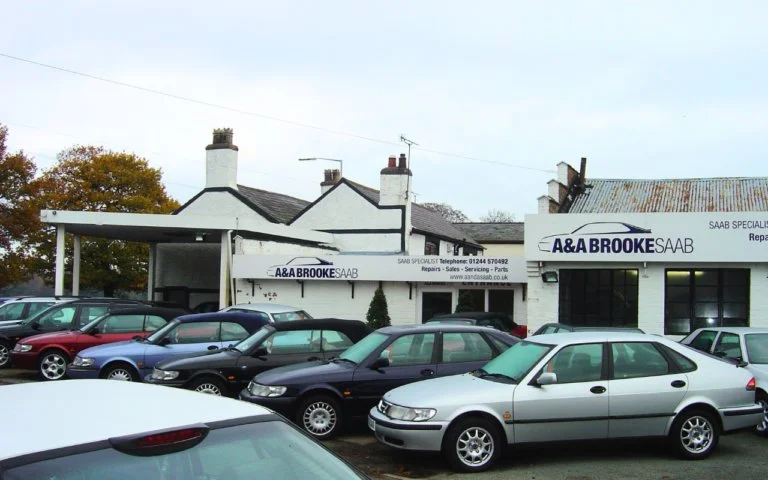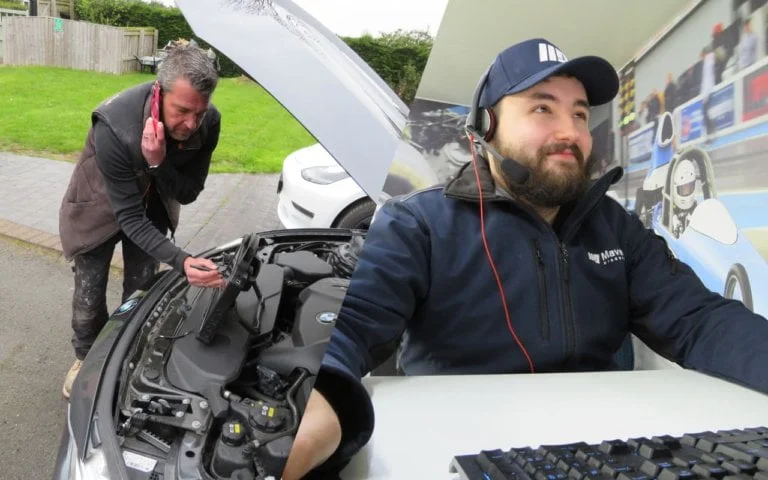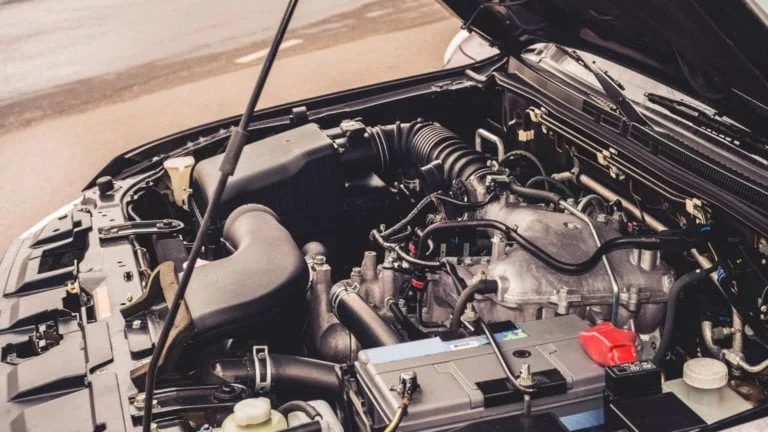Remote Diagnostics Explained
Remote diagnosis is a convenient way for a workshop to carry out some, but not all programming and coding functions without having to purchase their own dealer diagnostic tools, subscriptions and registrations.
The most common functions carried out using remote diagnostics are key coding and ADAS calibrations. Remote diagnostics involves carrying out coding over the internet; this, of course, has inherent risks. If large file downloads are needed, or if a long connection to a vehicle is required, problems can arise. This is why not all coding is possible using this method.
The basic concept of remote diagnostic is that you have a skilled technician connect through the internet and use their diagnostic tools remotely. This is done using a remote diagnostic tool in your workshop plugged into the vehicle, which the remote technician can connect to and carry out programming and coding. The most frequent users of these services are accident repair centres and body shops.
Remote diagnostics service providers generally list their services as a price per job with the remote device or VCI being bought through a distributor of their devices.
Benefits and Risks
For general mechanical workshops, it is often more cost-effective for the workshop to own their dealer diagnostic tool for programming and diagnostics work.
If you are doing programming work for several hours each week, it may not be cost-effective to pay a remote tool specialist for each job. This is because vehicle manufacturers often change a fixed hourly rate.
One great advantage of using a remote tool is that it can be a ‘get out of jail card’, allowing you to work on the vehicle brands your diagnostic equipment does not cover and retain the customers who would normally go elsewhere.
Who are the Service Providers?
Many remote tools in the European market share the same technology network provider. The service provider then ‘private label’ these devices and networks and use their own skilled team of operators to deliver the service to workshops. The level of service can therefore differ from provider to provider, depending on the skill and training of their operators.
The key European provider of this network technology is Jifeline based in the Netherlands.
Examples of leading service providers in the UK market using Jifeline as a network provider.
- Core diagnostics provides all-around ADAS, diagnostics and programming with the capability of 70 plus jobs simultaneously.
- OSCA mainly specialises in key programming.
- Complete Diagnostics specialises mainly in Tow bar kit fitting.
Other Providers
- Repairify (powered by AS-tech) is a large US-based corporation with interests in the EU markets, carrying out ADAS calibration for larger groups and body shops. We are told they briefly considered aftermarket mechanical workshops but decided it was not for them due to increased complexities.
- Drew technologies – OPUS IVS primarily operates in the USA using its RAP-2 remote-assisted programming system but has some remote service in the UK through OPUS IVS UK (formerly Autologic).
Future Risks
Some vehicle manufacturers are adding specific terms and conditions in their software to prevent certain aspects of remote diagnostics programming. The key areas seem to be focused on vehicle security functions such as key programming and adding new control units. The manufacturers claim this is to prevent unauthorised access to potentially stolen vehicles.
Conclusion
Overall, remote diagnostic tools can offer a convenient and cost-effective solution for certain programming and coding tasks. However, it is important to carefully weigh the benefits and risks, and choose a reputable and skilled service provider.


